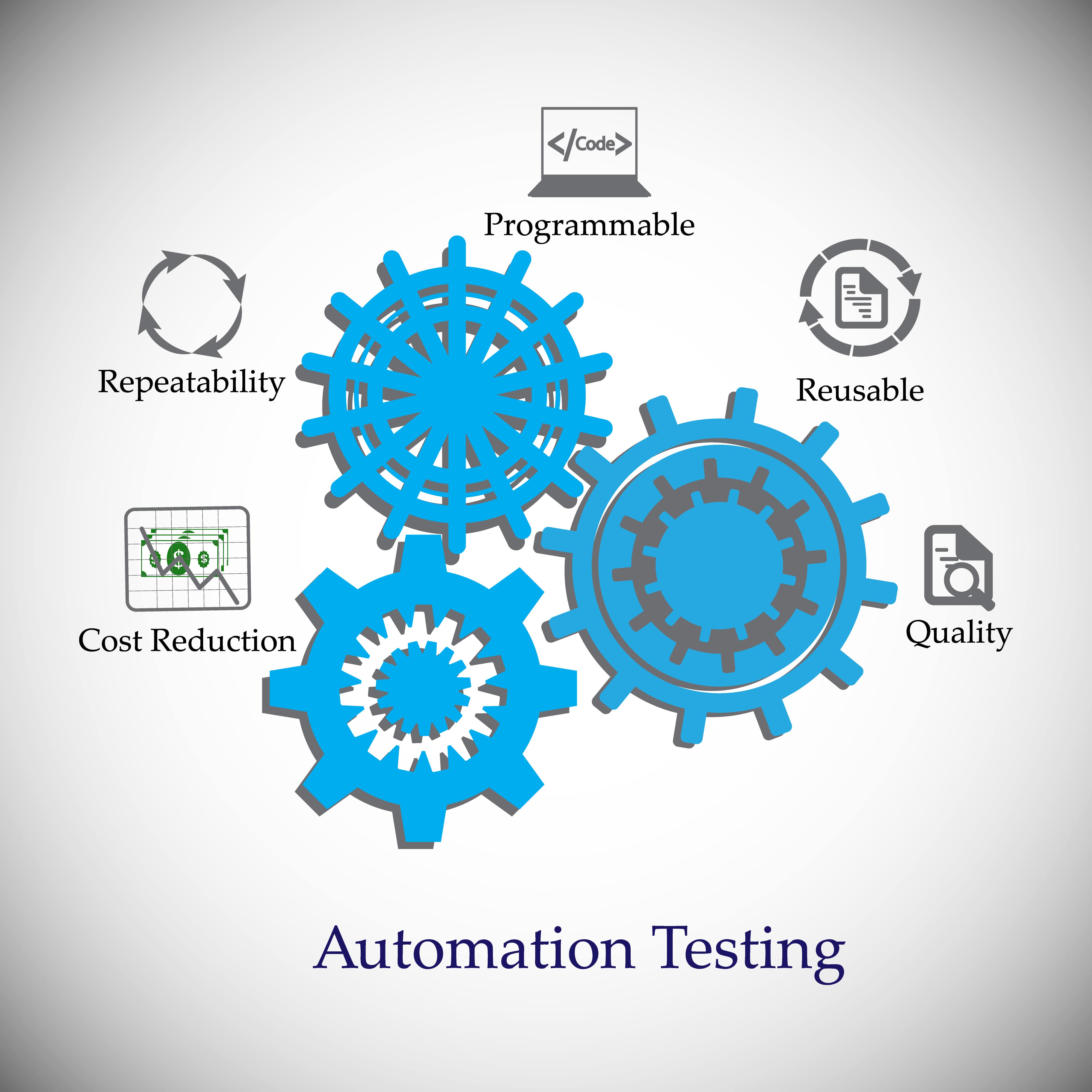Automation Testing Structures: Simplifying Complicated Testing Situations
Automation Testing Structures: Simplifying Complicated Testing Situations
Blog Article
Making Certain Success in Automation Examining: Key Metrics, Obstacles, and Solutions Every QA Group Should Know
In the realm of software program top quality assurance, the landscape of automation screening is ever-evolving, requiring a careful method to make certain smooth procedures. The journey to mastering automation testing is paved with nuances that require an eager eye for surveillance, evaluation, and constant enhancement. As the market moves forward, the pursuit for ideal efficiency in automation screening remains a continuous pursuit, prompting QA teams to equip themselves with the understanding and approaches important for victory.
Relevance of Trick Metrics
Understanding the relevance of essential metrics is important for examining the efficiency and performance of automation screening processes. Secret metrics offer as measurable measures that supply beneficial understandings into numerous elements of the screening process, such as test coverage, test execution time, flaw density, and test situation performance. By examining these metrics, QA groups can identify bottlenecks, inefficiencies, and areas for improvement within their automation testing structure.
One important aspect of key metrics is their ability to track development and keep an eye on the general health and wellness of the testing procedure (automation testing). They enable stakeholders to make enlightened decisions based upon data-driven insights, which can lead to much more reliable testing methods and much better resource appropriation. Additionally, essential metrics can help teams established reasonable objectives, measure the success of automation campaigns, and show the ROI of automation screening efforts

Typical Difficulties Encountered
Difficulties commonly encountered in automation screening processes can significantly affect the general effectiveness and efficiency of QA groups. Automation screening might not cover all elements of screening, such as use and customer experience screening, which still call for hands-on intervention. Overcoming these difficulties calls for correct preparation, strategic test instance option, durable upkeep processes, adequate resources, and a clear understanding of the restrictions of automation testing.
Efficient Solutions for Challenges
To attend to the obstacles come across in automation screening, implementing reliable options is crucial for improving the performance and efficiency of QA groups. One essential service is to invest in robust training programs for QA teams to guarantee they have the needed abilities to successfully utilize automation tools. Training can bridge understanding gaps, enhance understanding of automation structures, and enhance scripting capabilities, inevitably resulting in much more efficient examination development and implementation.
Another important remedy is to develop clear communication channels within the QA group and with various other stakeholders, such as developers and job supervisors. Effective interaction helps in lining up assumptions, sharing progress updates, and promptly addressing problems or obstacles that may develop throughout the automation screening process.

Surveillance and Analysis Techniques
Implementing efficient monitoring and evaluation strategies is critical for making sure the success and efficiency of automation screening processes. By making use of monitoring tools, QA teams can track the performance of test scripts, recognize traffic jams, and identify areas for improvement. Real-time monitoring permits fast discovery of concerns, enabling rapid action and resolution. Furthermore, examining examination results and metrics supplies important insights into the top quality of the software being checked and the performance of the screening method.
One secret technique in monitoring and analysis is making use of dashboards that settle pertinent metrics and KPIs in an aesthetically available layout. These dashboards supply an extensive introduction of test execution status, examination coverage, defect patterns, and other critical information. Regularly assessing and evaluating these control panels can aid QA teams make notified decisions, focus on jobs, and maximize testing efforts.
In addition, implementing automated signals and notifications based on predefined limits can enhance positive monitoring and prompt intervention. By setting up notifies for efficiency inconsistencies or examination failings, teams can resolve concerns without find more info delay and prevent them from escalating. Overall, monitoring and analysis methods play an important role in making sure the performance and success of automation testing initiatives.
Continual Improvement Approaches
Enhancing the efficacy of automation screening processes demands the regular refinement of techniques and methodologies. One key approach to improving automation testing procedures is to carry out normal testimonials and retrospectives.

Conclusion
To conclude, it is crucial for QA groups to recognize the key metrics, difficulties, and services in automation testing to make certain success. By carefully monitoring and analyzing data, executing reliable services to typical difficulties, and constantly boosting techniques, QA teams can enhance their screening procedures and deliver premium software program items. Abiding by these practices will eventually bring about a lot more efficient and reliable automation screening practices.
By assessing these metrics, QA teams can determine bottlenecks, ineffectiveness, and areas for renovation within their automation screening structure.
Additionally, crucial metrics can assist groups established practical objectives, determine the success of automation initiatives, and show the ROI of automation testing initiatives.
Challenges commonly come across in automation testing processes can dramatically influence the general efficiency and efficiency of QA groups. Automation screening might not cover all elements of screening, such as use and individual experience screening, which still call for manual intervention.In her latest blog verdict, it is essential for QA groups to comprehend the crucial metrics, challenges, and solutions in automation testing to make certain success.
Report this page